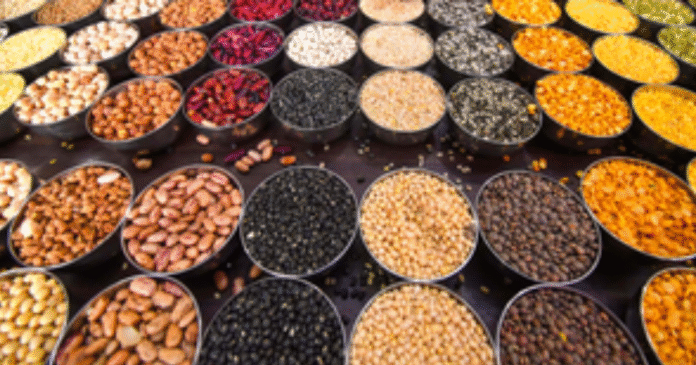New Delhi— If you enjoy legumes and pulses in your diet, there’s even more reason to keep them on your plate—especially if they’re fermented. A new study has found that fermenting these plant-based staples significantly enhances their antioxidant potential and ability to help regulate blood sugar, offering promising benefits for managing Type 2 diabetes.
Food scientists at the University of Illinois Urbana-Champaign in the U.S. have identified optimal fermentation conditions for a variety of pulses—dried edible seeds from legume plants—that enhance their health-promoting properties, including increased soluble protein content.
In the study, researchers fermented flour derived from several types of pulses, including black beans, black-eyed peas, green split peas, red lentils, and pinto beans. The fermentation process used the probiotic bacterium Lactiplantibacillus plantarum 299v (Lp299v), known for its gut health benefits.
Results showed a dramatic increase in health-related markers:
- Antioxidant activity rose by up to 83%
- Antidiabetic properties improved by up to 70%
- Soluble protein content significantly increased
Red lentils and green split peas exhibited the most notable improvements in antioxidant activity, protein solubility, and modulation of enzymes related to insulin metabolism—key factors in managing Type 2 diabetes.
“Lp299v is a probiotic strain that supports gut health and remains active during digestion,” explained Andrea Jimena Valdés-Alvarado, the study’s lead author and a graduate researcher at the university. “It not only helps preserve the fermented product but also produces peptides and amino acids that are more easily absorbed than intact proteins.”
Beyond its effects on fermentation, Lp299v is also associated with reduced inflammation, improved immune function, and enhanced iron absorption, the researchers noted. The findings were published in the journal Antioxidants.
“These pulses contain between 18% and 25% high-quality proteins and can be used either alone or as ingredients in products like plant-based beverages or meat alternatives,” said Elvira Gonzalez de Mejia, Professor of Food Science at the University of Illinois. “The food industry must explore optimal processing methods to fully utilize their potential.”












